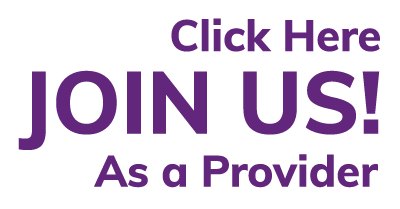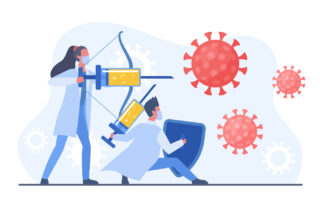ADD/ADHD when to seek treatment

ADD/ADHD is the most common neurodevelopmental disorder of childhood. Most commonly diagnosed in childhood, it can last into adulthood. Some signs and symptoms are inability to pay attention, impulsive behavior, hyperactive, daydreaming, forgetfulness, talkativeness, difficulty getting along with others and much more. There are 3 types of ADHD.
The first type is inattentive which presents with the patient having difficulties completing tasks, paying attention to details, following instructions or just easily distracted. The second type is known as hyperactive-impulsive disorder which presents with the patient unable to sit for prolonged periods of time, talking a lot, restlessness, impulsiveness, unable to wait their turn and much more. The third type is a combined type of both inattentive and hyperactive-impulsive.
All children present with similar symptoms of ADHD while growing up such as for example being forgetful or not doing their homework once in a while. It is part of growing up. A concern arises when these behaviors start to become a pattern. If untreated it can lead to difficulties in school, maintaining healthy relationships, physical injury and can lead to unnecessary and impulsive risks which can put the child in danger.
Oftentimes, they are unable to control these behaviors. Boys are 3 times more likely to be diagnosed with ADHD than girls. The main reason for this is because of stereotyping. Boys are typically diagnosed with hyperactive-impulsive type and girls are diagnosed with inattentive type which makes it more difficult to catch because it presents completely differently and not as behaviorally problematic.
Once a healthcare professional has determined that a child needs treatment there are several options available for parents. The best treatment option is a combination of behavioral therapy and medication. For children younger than 6 years old behavioral therapy is the first line. For children over 6 years old AAP recommends adding medication. There are two options of medications used to treat ADHD, stimulants and nonstimulants. Stimulants are more popular because they are fast acting.

This article reviewed by Dr. Jim Liu, MD and Ms. Deb Dooley, APRN.
There’s nothing more important than our good health – that’s our principal capital asset.
#medical #telehealth #ADD #umedoc






